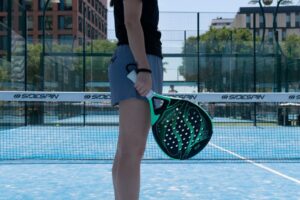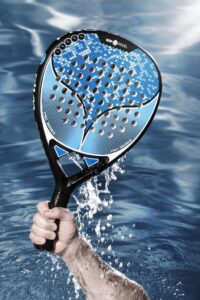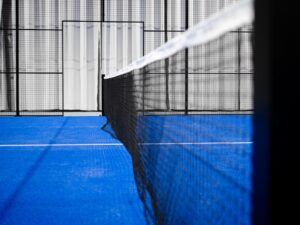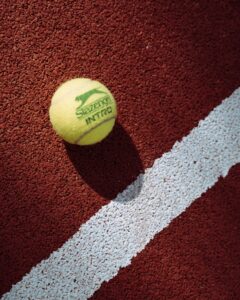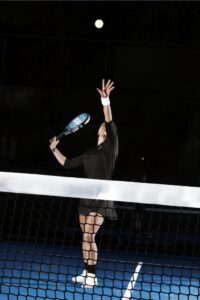Breaking Down the Types of Padel Serves
3 min read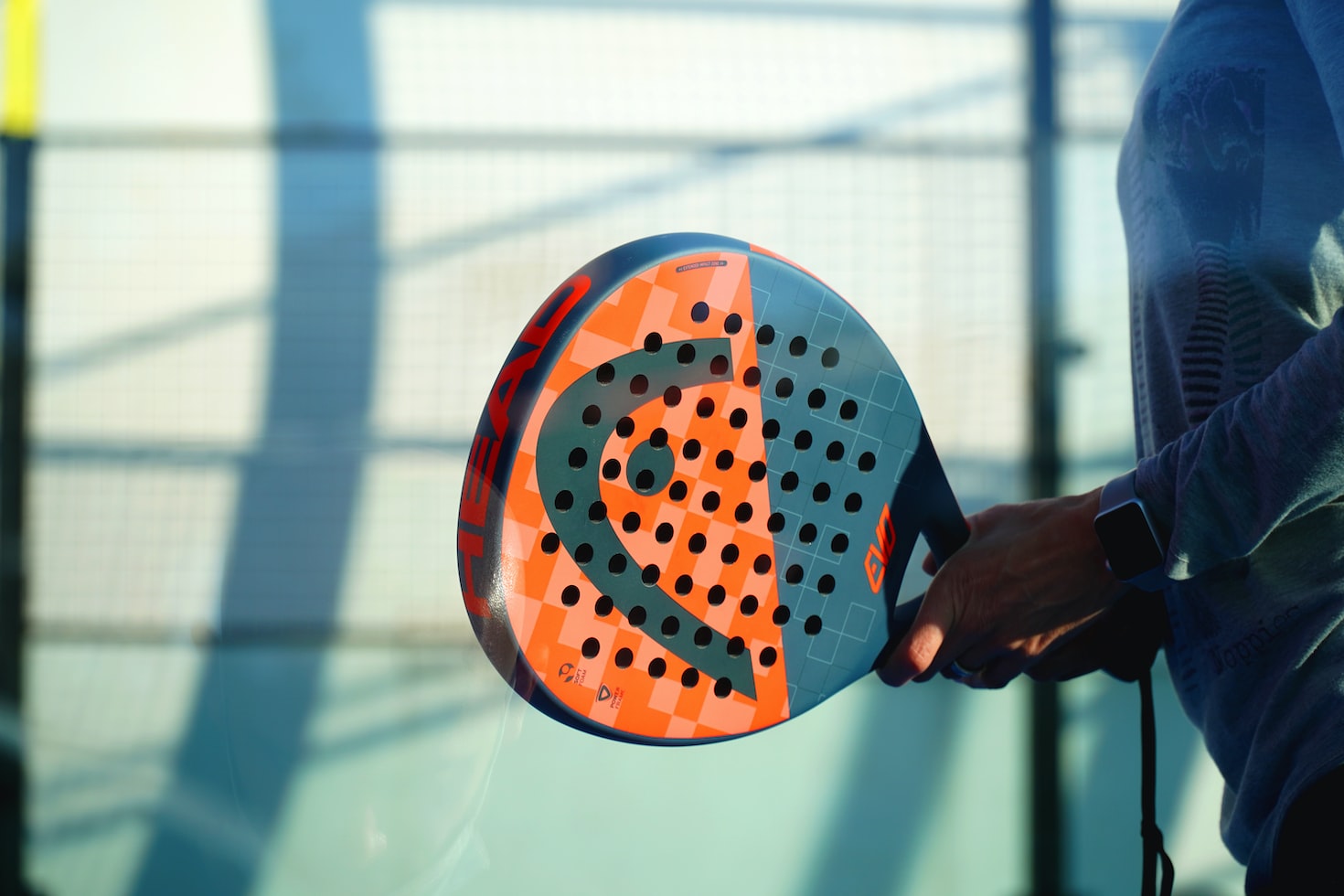
Breaking Down the Types of Padel Serves
If you’re new to the game of padel tennis or a seasoned pro, understanding the different types of serves available to you is essential. The serve is the point from which each point begins, and it can make or break your game. In this article, we’ll break down the types of padel serves, how they work, and when to use them.
The Slice Serve
The slice serve is one of the most common and versatile serves available in padel tennis. It involves hitting the ball from the side with a slice, which causes the ball to curve, making it harder for the opponent to return it. This serve is useful because it can be directed towards either the forehand or backhand side of the court, and it can be executed with different speeds and spins.
This serve padel tennis is best used when you’re looking to create a weak return from your opponent, and you want to take control of the point from the start. The slice serve is also beneficial when playing against opponents who struggle with their backhand.
The High Lob Serve
The high lob serve is an excellent serve to use when you want to gain control of the net quickly. This serve requires you to hit the ball high into the air, causing the opponent to move back and allowing you to move forward into the net. This serves padel tennis is also helpful when playing against opponents who are standing too close to the net, as it can force them to move back and give you the initiative.
This serve requires accuracy and timing, as you need to hit the ball high enough to clear the net while still having it land in the correct position to give you control of the point.
The Power Serve
The power serve is a serve for the more adventurous player. This serves padel tennis involves hitting the ball with speed and power, making it difficult for the opponent to return it. This serve can be executed either down the middle or to the backhand side, and it requires a lot of practice to perfect.
The advantage of using a power serve is that if successful, it can generate an easy point for you. However, it also comes with a risk as if the opponent manages to return it, you’ll be left with a difficult shot to make.
The Fake Serve
The fake serve is a more advanced serve that requires a bit of deception on your part. This serves padel tennis involves pretending to serve the ball with a particular technique before switching it up at the very last second. For example, you could pretend to hit a slice serve before playing a drop shot instead.
The fake serve messes with your opponent’s minds, making them think they know what to expect before throwing them off with a different technique. This can lead to weak returns or errors from your opponent, giving you control of the point.
In conclusion, there are a variety of padel tennis serves available to players. Some work best in specific situations, while others are more versatile. Using a combination of serves padel tennis can help you control the point and gain an advantage over your opponent. The key is to practice them regularly to improve your technique, accuracy, and timing.

